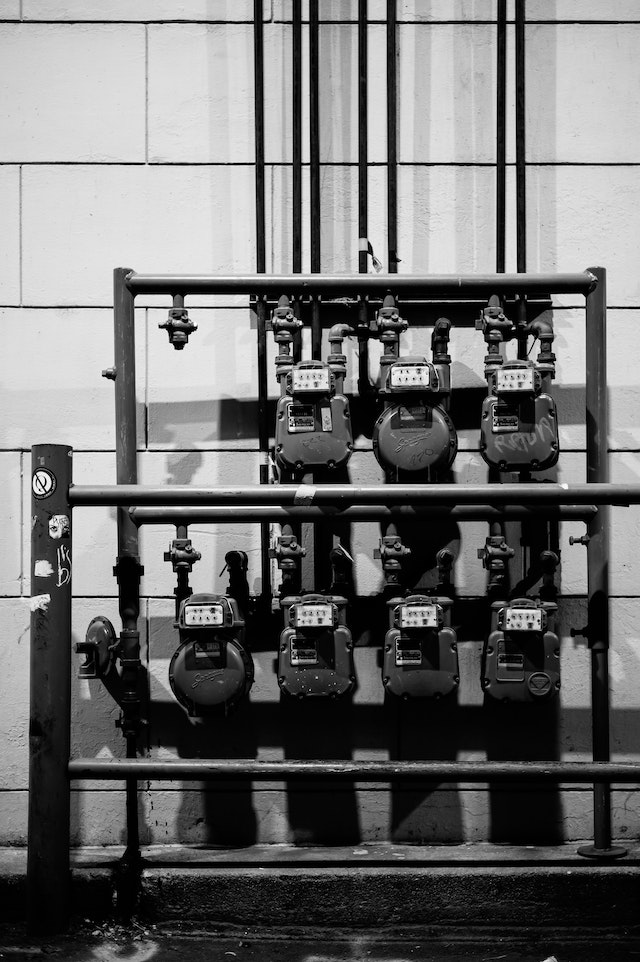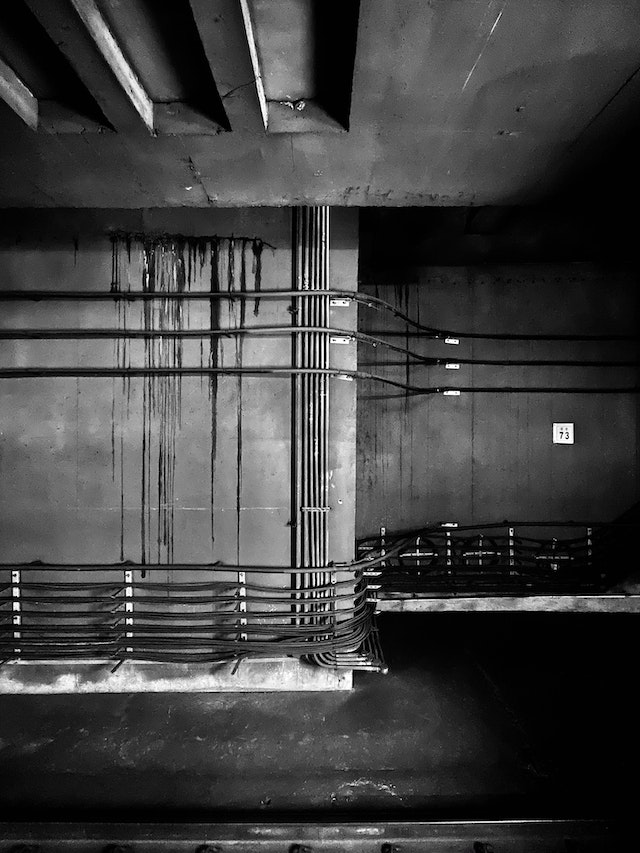Choosing the correct materials can make a big difference in infrastructure projects. Mild steel cement lined pipes have become a popular choice since they are quite strong and can be used in a lot of different ways. These pipes are made to last and work well even in tough environments. If you want your project to be a success, you need to know the benefits of mild steel cement walled pipe, whether you’re working on water supply systems or industrial applications. Let’s look at what makes these pipes unique in the fields of building and engineering!
The Benefits of Using Mild Steel Cement Lined Pipe for Building Projects
There are a lot of good things about mild steel cement lined pipe that make them great for infrastructure projects. First and foremost, they are very resistant to rust. The cement lining protects the metal from harsh chemicals and moisture, which makes the pipe last longer.
Their strength is another important asset. These pipes can sustain tremendous pressure without bending or shattering since mild steel is quite strong. This means they can be used for a lot of different things, such as supplying water and sewage systems.
Also, mild steel cement walled pipes are lighter than other options like ductile iron or concrete. This feature makes it easier to move and install things, which saves time and money on the job site.
They also don’t cost much. Because they last a long time, they don’t need as much maintenance, which saves money in the long run for project budgets. Investing in these pipes can lead to fewer replacements and repairs down the line.

Common Uses for Mild Steel Cement Lined Pipe
A lot of infrastructure projects use mild steel cement lined pipes because they are flexible and useful. They are great at moving water, which is why they are often used in municipal water delivery systems.
These pipes are also good for handling effluent. Because they don’t rust, they assist in keeping sewage systems working well over time.
In factories, they do a good job of handling slurries and other rough materials. This durability makes sure that it will work well for a long time, even in tough situations.
In addition, mild steel cement walled pipes are used in systems that guard against fire. Because they are strong and dependable, they are good for protecting buildings from fire threats.
These pipes are also useful in farming, especially for watering crops. The strong nature lets farmers move water quickly across large fields without worrying about leaks or breaks.
Things to Think About When Picking Mild Steel Cement Lined Pipe
There are a number of things to think about while choosing mild steel cement lined pipe. First, you need to know what your project needs. Different applications may need different thicknesses and diameters.
The state of the environment is also quite important. Think about things like changes in temperature and exposure to corrosive materials that could shorten the life of the pipes.
Also, check the quality requirements that the producers have set. Over time, high-quality production techniques will make things last longer and cost less to maintain.
Don’t forget about how hard it is to install things. Some projects may need additional tools or skills to put up correctly.
Your choice may also be affected by how much money you have. Look into choices that strike a balance between being cost-effective and performing well over the long term without sacrificing quality.

How to Install and Take Care of Mild Steel Cement Lined Pipe
Taking care of mild steel cement lined pipes during installation and maintenance can greatly extend their life. First, make sure the area where you will be installing is clean and free of trash. This helps make sure that the fit is secure, which is important for the best performance.
It’s very crucial to carefully follow the manufacturer’s instructions when installing. Proper alignment puts less stress on the joints and lowers the chance of leakage later on. Using the right tools and methods can make sure that the setup goes well.
You should check everything on a regular basis as part of your maintenance regimen. Look for evidence of wear or damage, especially near joints, where problems are more likely to happen. Keeping an eye on these places can help avoid worse problems down the road.
Another important part of upkeep is cleaning. Over time, silt might build up, depending on how you use it. Regular flushing helps maintain flow efficiency and prolongs pipe life.
Think about keeping careful records of both installations and inspections. This paperwork is a great way to keep track of any problems or changes that may come up during the life of your piping system.
You may use mild steel cement lined pipes for many infrastructure projects if you arrange the installation carefully and keep them up well afterward.

















Leave a comment